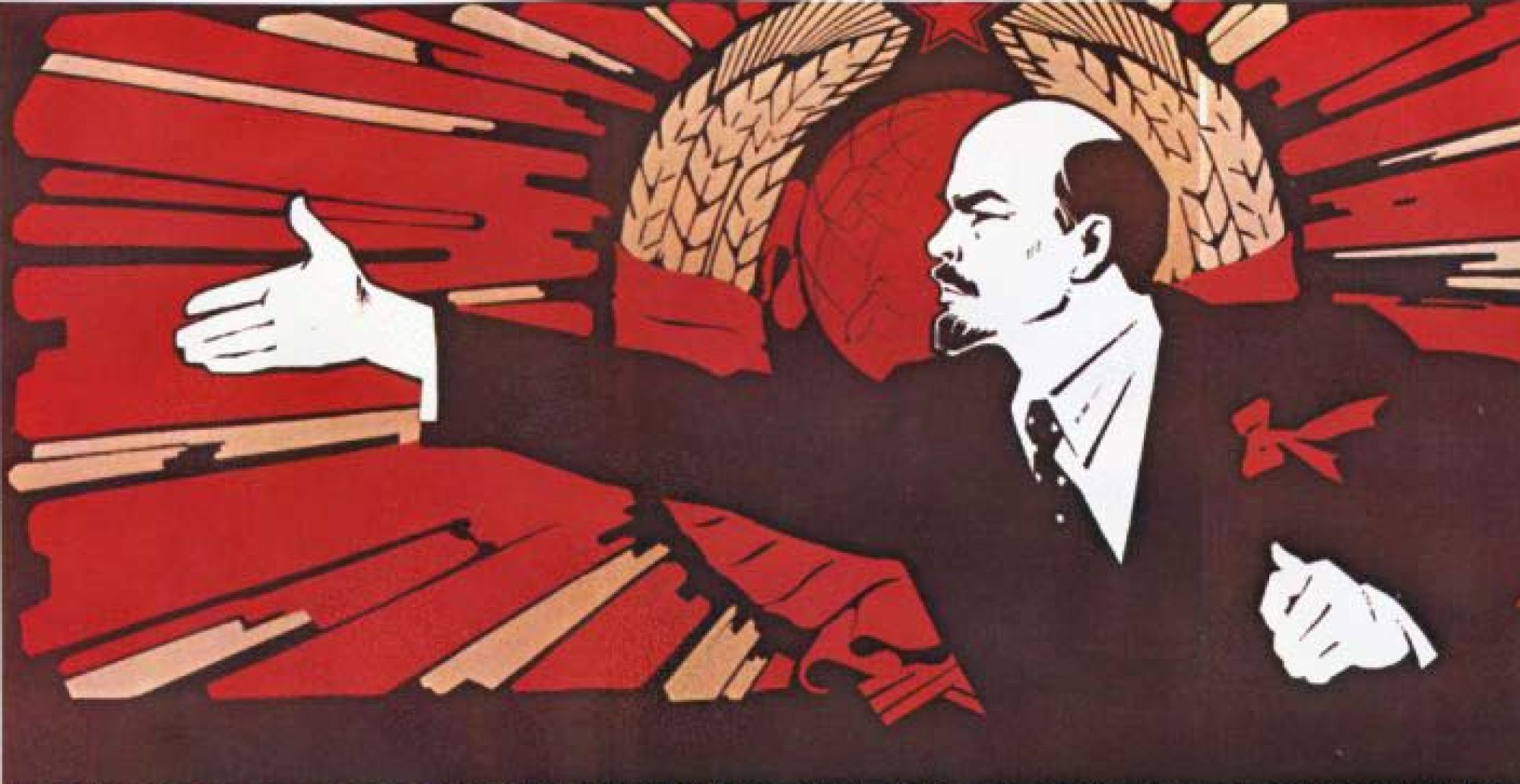Comrade chat chapter 8, 1 video
Consider the case of the stiliagi, the young people who loved Western music and fashion. What are some ways historians have explained their fascination? Which explanation do you find most convincing? The stiliagi saw themselves as uninterested in politics. But were their activities subversive after all?
After reading about the stiliagi in chapter eight I was reminded of this book I read in my junior year of highschool. I could not for the life of me find the name of it. But it was about how teenagers in the sixties adopted this new culture and new attitudes that had never been seen before. It also talked about how the overall public view of sex changed during that time. They called it the sexual revolution. These teenagers and young adults were not intentionally trying to change culture. They were not trying to change societal norms. They were just having fun. Yet they had a profound impact on culture. In my opinion the stiliagi did something similar. The text asks, “Should it be seen as subversive or as a form of apolitical youthful rebellion” (Chatterjee, 163). As if the answer is binary. I think it was both. They engaged in their enjoyment of western culture because it was fun but also because it made the “old folks” mad. As a byproduct of their rebellion there were cultural changes.
Historians cite a particular movie where the Indians fight against the yankees as a favorite of the stiliagi. They believe that the youth enjoyed this film because it portrayed American’s as the losers/bad guys. I do not agree with this explanation because stiliagi loved using American slang and listening to American music. The movie might have been “anti-American” but the rest of the things stiliagi enjoyed were not. I also do not agree that it provided, “an alternate form of masculinity” (chatterjee, 164) for those men who could not go to war. Stiliagi were focused on the American aesthetic. Aesthetic isn’t a macho concept, especially when stiliagi loved music and fashion. Ultimately, the most convincing reason for the way the stiliagi behaved is the good ole flame of teenage rebellion.
